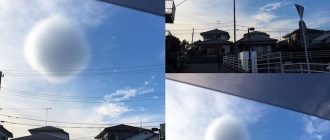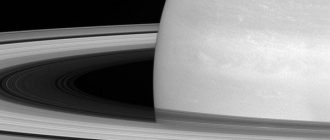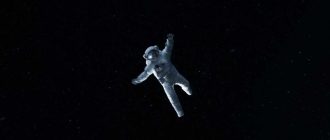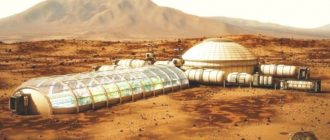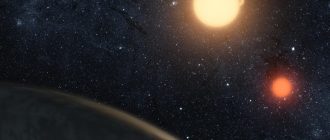
The famous equation used in the search for alien life has inspired scientists to develop a new model that estimates the chances of transmission of COVID-19.
The new model, essentially a single equation with several multiplied variables, estimates the risk of COVID-19 transmission by air. In their work, the researchers were guided by a simple but historically significant mathematical formula known as the Drake equation, which estimates the chances of finding intelligent extraterrestrial life in our galaxy.
According to the authors, the equation, developed in 1961 by astronomer Frank Drake, is based on just seven variables and provides an 'easy-to-understand framework' for studying something as seemingly incomprehensible as the number of alien civilizations.
The scientists wanted to provide a similar basis for understanding the risk of COVID-19 transmission.
'There is still a lot of confusion about the transmission routes of COVID-19. This is in part because there is no common 'language' that makes it easy to understand the risk factors involved, 'says study co-author Rajat Mittal, professor of Mechanical Engineering at Johns Hopkins University.
'What actually needs to happen for a person to get infected? If we can visualize this process more clearly and quantitatively, we can make informed decisions about what actions to take and what to avoid. '
The new model, published October 7 in the journal Physics of Fluids, breaks down the transmission of COVID-19 into three phases: the release of virus-containing droplets from an infected person into the air; dispersion of these droplets; and inhalation of these drops by a healthy person.
Overall, the model consists of 10 variables involved in the transmission of COVID-19, including the respiratory rate of infected and healthy people, the number of viral particles in the exhaled droplets, and the amount of time the person is exposed.
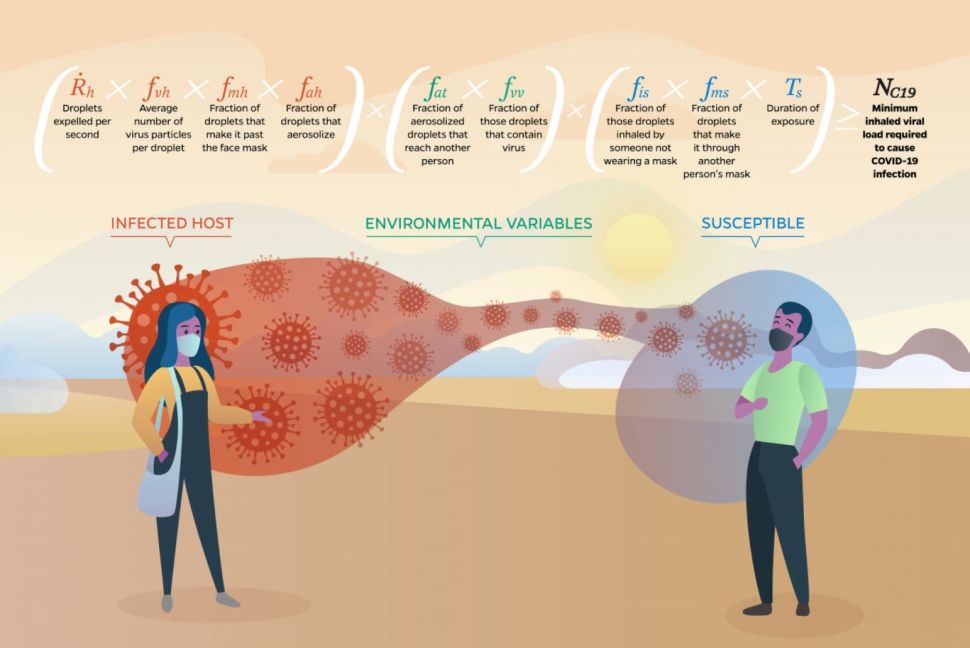
The new equation assesses the risk of COVID-19 transmission by air. The equation consists of ten variables. (Marissa Lanterman / Johns Hopkins University).
The authors then used their model, which they call the Airborne Inequality Model, to estimate the risk of transmission in various scenarios, including those in which people use face masks or practice social distancing.
In the inequality model, if the amount of virus inhaled is greater than the amount needed to be infected, the other person will become sick. One caveat: We do not currently know how many particles are needed to cause infection. As a result, the model cannot calculate the absolute risk of infection, but can only compare the level of risk of different activities.
In terms of face masks, the researchers calculated that, all other things being equal, a scenario in which both infected and healthy people wear N95 masks could reduce the risk of transmission by 400 times compared to a scenario in which both people do not use masks at all. Surgical masks can reduce transmission by up to 10 times, and cloth masks up to 7 times if both sides wear masks.
The model found that in a scenario in which people are actively exercising, such as in the gym, the risk of transmission increases dramatically.
'Imagine two people on treadmills in a gym; both are breathing harder than usual. An infected person releases more droplets, while an uninfected person breathes in more droplets. In this confined space, the risk of transmission increases 200 times, 'said Mittal.
In terms of social distancing, the researchers found a linear relationship between distance and risk of transmission.
“If you double the distance, you tend to double your defense,” Mittal said in a separate statement.
The researchers note that they wanted their model to be simple and intuitive, so that it would be available not only to scientists, but to the general public. They recognize that their model makes a number of assumptions and includes key unknown variables.
However, the authors hope their work “can serve as a source of information for future research that will fill these gaps in our understanding of COVID-19,” Mittal said.
Article published by Live Science.
Sources: Photo: ESA / Hubble & NASA

